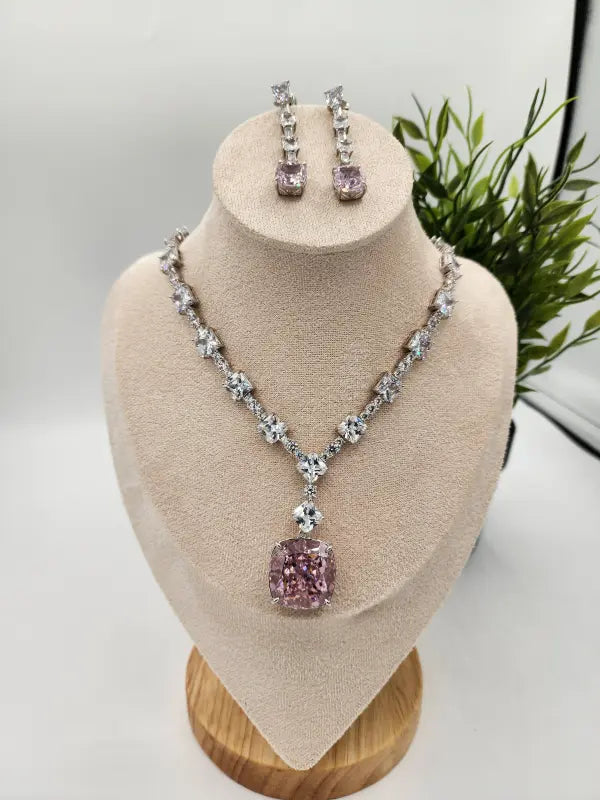Temple jewellery, deeply rooted in Indian tradition, is renowned for its intricate designs and spiritual symbolism. Originally crafted for adorning deities in temples, these pieces have transcended their religious origins to become an integral part of Indian bridal wear and classical dance costumes. Among the many exquisite pieces in the temple jewellery collection, armlets and hair accessories stand out for their unique craftsmanship and cultural significance.
The Exquisite Armlets: Symbolism and Design

Armlets, also known as "bajuband" in Hindi, are ornamental bands worn on the upper arm. In temple jewellery, these armlets are meticulously designed to echo the grandeur of temple architecture. They are often shaped like a temple sanctum, which is the innermost chamber where the deity resides, symbolizing purity and divinity. The center of the armlet typically features an image of Goddess Lakshmi, the Hindu goddess of wealth and prosperity. This depiction not only enhances the aesthetic appeal but also imbues the armlet with spiritual significance.
The choice of Goddess Lakshmi as the focal point is particularly meaningful. Lakshmi is revered in Hinduism as the bringer of wealth, fortune, and auspiciousness. Wearing an armlet with her image is believed to invoke her blessings, bringing prosperity and good fortune to the wearer. The armlet's design, which often includes motifs of flowers, peacocks, and other symbols associated with divinity, is intended to create a connection between the wearer and the divine.
These armlets are typically made of gold-plated silver and are encrusted with kemp stones, rubies, emeralds, and pearls. The use of these stones not only adds to the visual appeal but also carries symbolic meanings. For instance, red kemp stones are believed to represent passion and energy, while pearls symbolize purity and peace.
Temple Jewellery Hair Accessories: A Divine Aura

Hair accessories are another quintessential component of temple jewellery. These pieces are designed to adorn the hair from the forehead to the tip of the plait, enhancing the beauty of the wearer while imbuing their appearance with a divine aura. Traditionally, these accessories were worn by temple dancers, known as "devadasis," who performed rituals and dances in temples as a form of worship. Today, these accessories are also popular among brides and classical dancers, symbolizing grace, tradition, and devotion.
The hair accessories in temple jewellery are gold-plated and encrusted with a variety of semi-precious stones, including kemp stones, rubies, emeralds, and pearls. Each piece is meticulously crafted to ensure that it not only complements the wearer's attire but also enhances their overall appearance. These ornaments are typically worn in a sequence, starting from the maang tikka, which is placed on the forehead, followed by the nethi chutti, which extends from the forehead to the sides of the head. The jadai nagam, a serpent-shaped ornament, is worn along the length of the plait, adding a regal touch to the hairstyle.
The use of kemp stones in these hair accessories is particularly significant. Kemp stones, known for their deep red hue, are a hallmark of traditional South Indian jewellery. They are believed to bring positive energy and ward off evil spirits, making them a popular choice for bridal and ceremonial jewellery. The combination of kemp stones with pearls and gold creates a striking contrast, highlighting the intricate craftsmanship of each piece.
Cultural Significance and Modern Appeal

While temple jewellery has its roots in religious and cultural traditions, it has evolved over the years to cater to contemporary tastes. Today, temple jewellery armlets and hair accessories are not only worn during religious ceremonies and weddings but are also a popular choice for fashion-conscious individuals who appreciate their timeless beauty and cultural significance.
For brides, wearing temple jewellery is a way of connecting with their cultural heritage. The intricate designs and symbolic motifs make these pieces more than just ornaments; they are a celebration of tradition, spirituality, and feminine grace. Similarly, classical dancers continue to wear temple jewellery to maintain the authenticity of their performances, ensuring that the legacy of temple jewellery is preserved for future generations.
In recent years, there has been a resurgence of interest in temple jewellery, driven by a growing appreciation for traditional craftsmanship and the desire to own pieces that are both beautiful and meaningful. Many modern brides and fashion enthusiasts are choosing temple jewellery for its unique blend of tradition and elegance, making it a popular choice for weddings, festivals, and special occasions.
Conclusion: A Testament to Timeless Craftsmanship
Temple jewellery, with its rich history and intricate designs, remains a testament to the timeless craftsmanship of Indian artisans. The armlets and hair accessories, in particular, stand out for their exquisite beauty and deep cultural significance. Whether worn by brides, dancers, or those with a love for traditional jewellery, these pieces continue to captivate and inspire, making them a cherished part of India's cultural heritage. As temple jewellery continues to evolve and adapt to modern tastes, it remains a symbol of grace, elegance, and the enduring connection between art and spirituality.
FREQUENTLY ASKED QUESTIONS
- What is the significance of Goddess Lakshmi in temple jewellery armlets?
- Goddess Lakshmi symbolizes wealth, prosperity, and good fortune. Her depiction in temple jewellery armlets is believed to bring blessings and positive energy to the wearer.
- What materials are used in temple jewellery hair accessories?
- Temple jewellery hair accessories are typically made of gold-plated silver and are encrusted with kemp stones, pearls, rubies, and emeralds.
- Who traditionally wears temple jewellery hair accessories?
- Traditionally, temple jewellery hair accessories were worn by temple dancers (devadasis) and are now popular among brides and classical dancers for their divine and traditional appeal.
- How are temple jewellery armlets designed?
- Temple jewellery armlets are designed to resemble a temple sanctum, often featuring intricate motifs like flowers and peacocks, with Goddess Lakshmi positioned at the center.
- Can temple jewellery be worn for modern occasions?
- Yes, temple jewellery is increasingly popular for modern weddings, festivals, and special events due to its timeless beauty and cultural significance.




